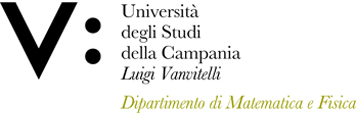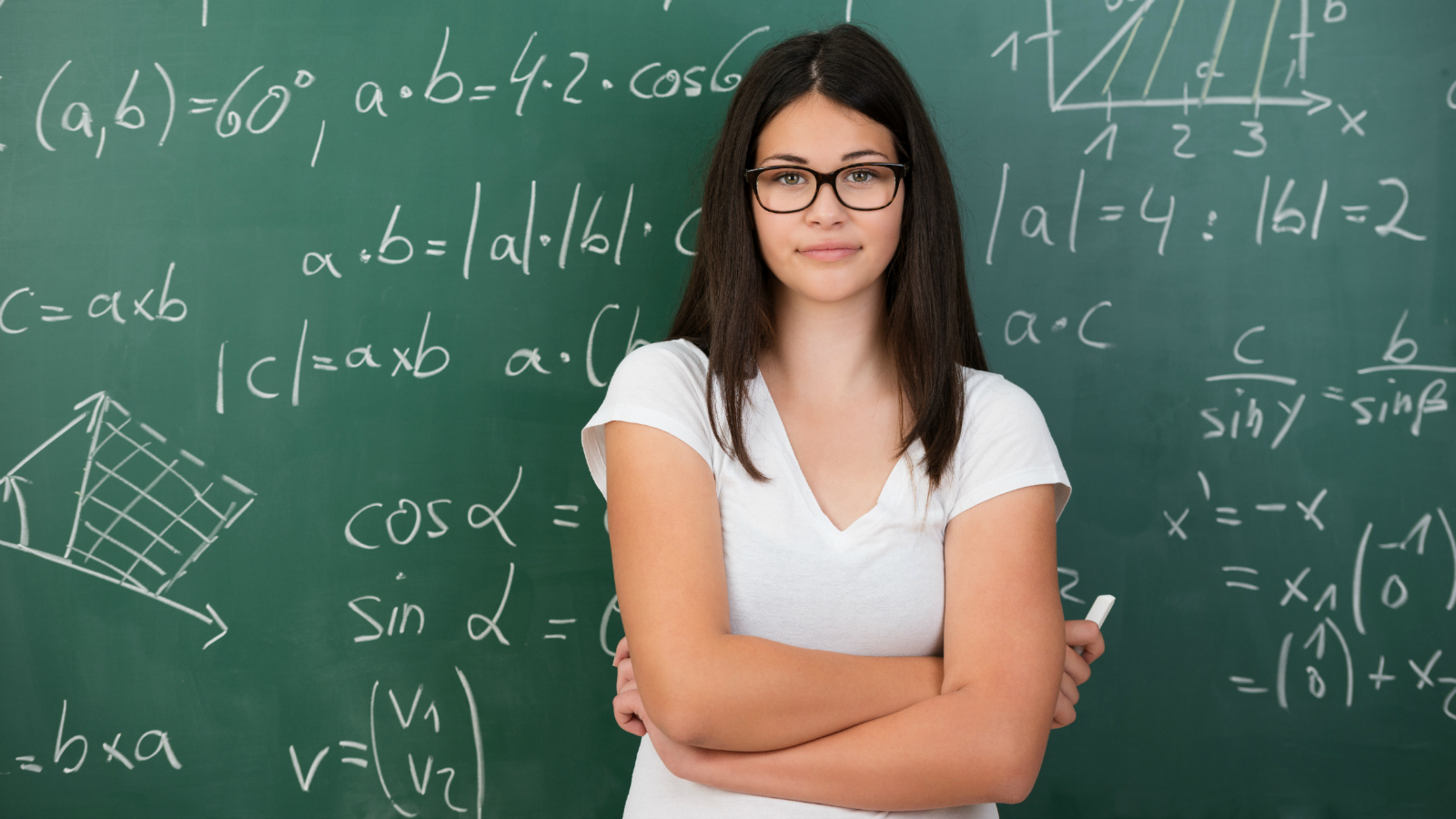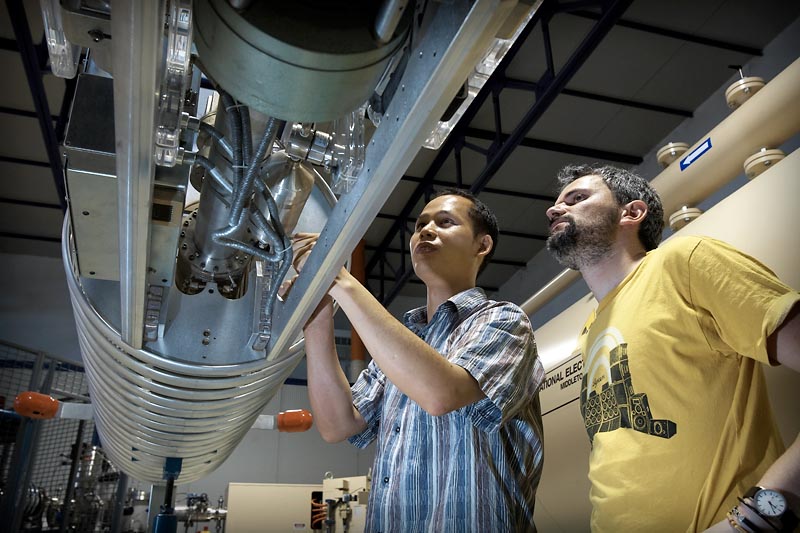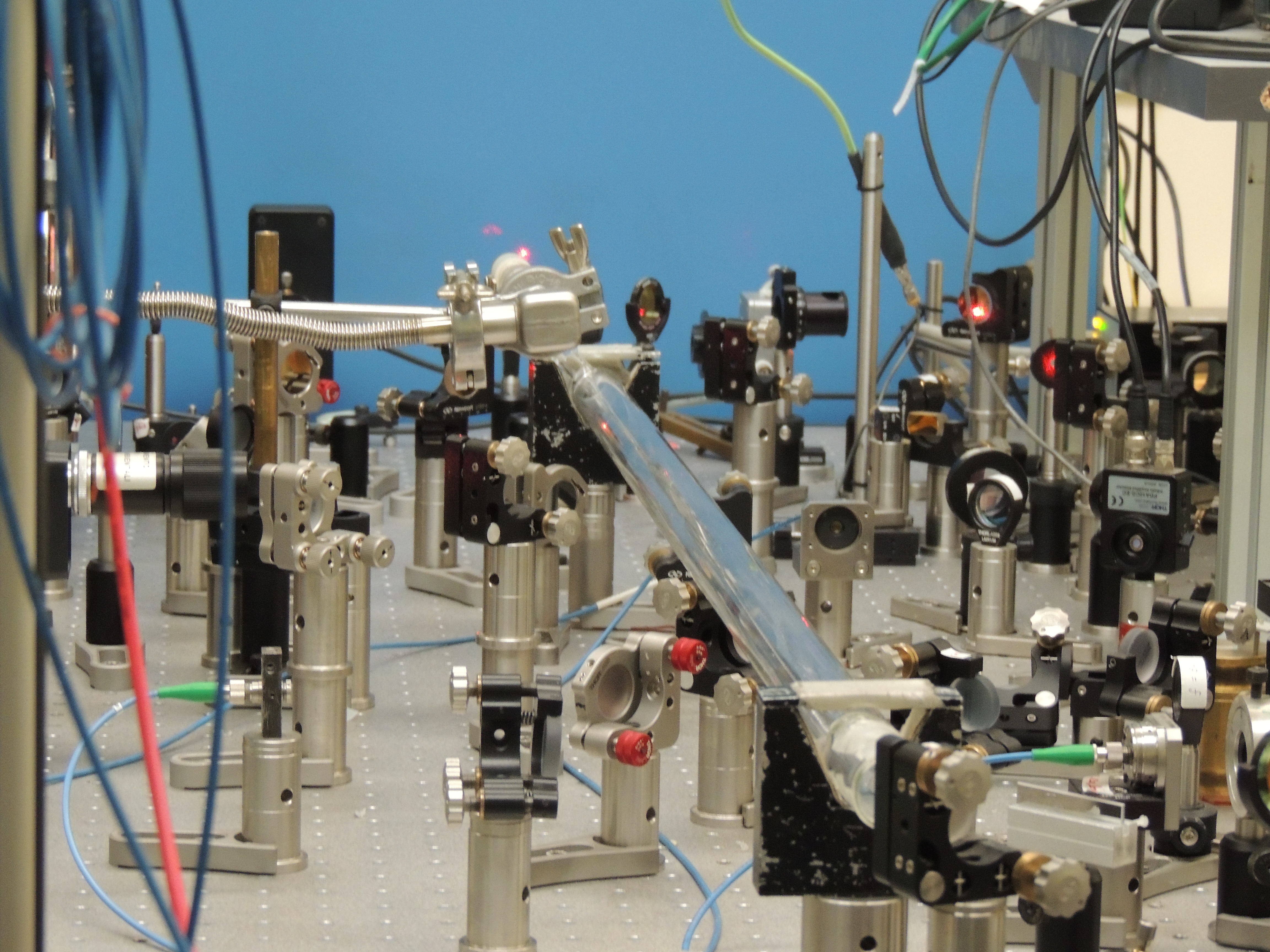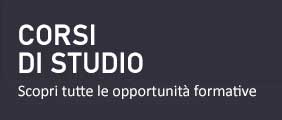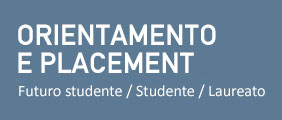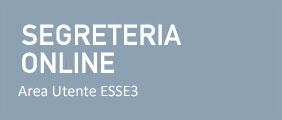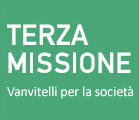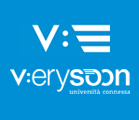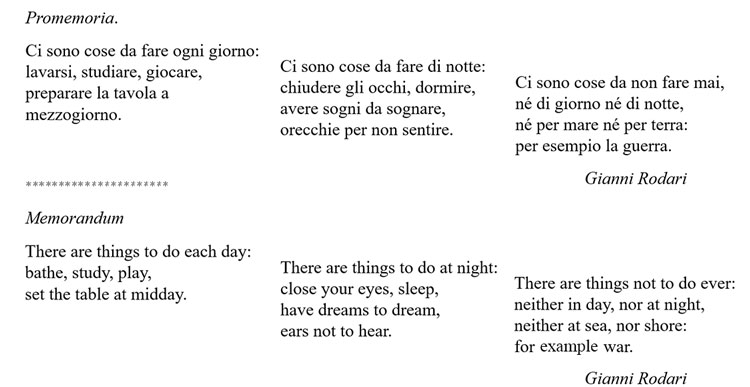Group Coordinator:
Stefano Marrone (Associate Professor)
Members:
Fiammetta Marulli (RTDb)
Laura Verde (RTDa)
Lelio Campanile (RTDa)
Maria Stella de Biase (Post-doc)
Roberta De Fazio (Post-doc)
Atrin Barzegar (Ph.D. student)
Michele Di Giovanni (Ph.D. student)
Ciro Nespolino (Ph.D. student)
Fabio Napoli (Assegnista di ricerca)
Maria Rosaria Castaldo (Borsista)
External members:
Mariapia Raimondo — Kineton
Free keywords: Model-Driven Engineering, Quantitative Evaluation of Systems and Software, Digital Twins, Generative Adversarial Networks, Natural Language Processing, Verification and Validation, Speech Analysis, Clinical Decision Support Systems, Railway Signalling Systems, Security and Privacy, Predictive Maintenance
Research Lines:
SMARTISTS.MODELS (ref. Stefano Marrone):
The main research theme is related to the development of modelling methodologies and techniques aimed at the evaluation of properties of critical computer-based systems. The mainly used formalisms are related to discrete events systems (even if hybrid systems, and these formalisms, are considered): Petri Nets, Fault Trees and Bayesian Networks to name a few. High-level modelling is also considered: UML Profiling and Domain Specific Modelling Languages are prime tools for the research. Furthermore, modelling and analysis frameworks are cornerstones for the research since the possibility, given by model-driven techniques, to automatically generate analysable models. All the above-mentioned techniques contribute to the definition of model-driven processes with two specific objectives: ease the work of the modeller with a high degree of automation, and be flexible and powerful enough to penetrate in industrial settings. Main applications of the research are in the domains of railway, healthcare, critical infrastructures, distributed sensor networks, cyber and physical protection systems, and AI-based reliable tools.
SMARTISTS.ARCHITECTURES (ref. Stefano Marrone):
The objective of this research line is to investigate about new and existing hardware and software architectures for computing systems operating at different scales: from sensing-oriented embedded systems devices to cloud computing data centres. The investigation mainly acts in defining methodologies for the evaluation of functional and non-functional properties of such systems: reliability, safety, security, performance, and energy awareness are just some means dealt with in this research line. The methods used for the research span from modelling to simulation to data-intensive techniques and tools, and in their combination according to innovative and flexible paradigms. An example of this convergence of methods is the work on the themes of predictive maintenance of complex systems and digital twinning where classical modelling, data-driven methods and event-driven simulations are used at the same time. Some domains where the results of the research have been applied are Human Computer Interfaces (HMIs), transportation systems (railways, automotive), cloud computing architectures, Industrial Control Systems, blockchain-based applications, and healthcare devices.
SMARTISTS.HEALTH (ref. Laura Verde):
The main objectives of this line of research are the study and in-depth analysis of fundamental aspects in the field of healthcare that are crucial for analysing disease trends and risk factors, the outcomes of healthcare treatments or interventions, treatment processes and the early diagnosis of specific diseases.
The research activity mainly consists of interpreting, integrating and analysing healthcare data and defining computational models using the latest artificial intelligence methodologies and techniques, mainly based on machine learning and deep learning algorithms. For the realisation of such models, issues such as the integration of vital signs and clinical data, data pre-processing, feature representation and extraction, identification of the most appropriate learning techniques and their optimisation for high-performance computing architectures are addressed. The research methods can be found in AI, spanning from machine learning, to deep learning, to fuzzy inference systems, and their combinations.
SMARTISTS.SECURITY (ref. Fiammetta Marulli):
The objective of this research line is to investigate new methodologies and techniques for the assurance of the different sides of the security in modern interconnected and critical systems. Integrity, privacy, data confidentiality, non-repudiation, availability, their combinations and delicate trade-offs are the subjects of this research lines. Industrial Critical Systems (e.g., industrial plants, power supply and distribution networks, transportation systems) are preferred case studies, modelled and analysed by means of machine learning, deep learning, and natural language processing approaches as well as with traditional techniques. A special attention is set on the evaluation of safety issues starting from security threats.
Recent publications
Flammini, F., Alcaraz, C., Bellini, E., Marrone, S., Lopez, J., Bondavalli, A.; Towards Trustworthy Autonomous Systems: Taxonomies and Future Perspectives; (2022) IEEE Transactions on Emerging Topics in Computing, pp. 1-13. DOI: 10.1109/TETC.2022.3227113
Bernardi, S., Gentile, U., Marrone, S., Merseguer, J., Nardone, R.; Security modelling and formal verification of survivability properties: Application to cyber–physical systems; (2021) Journal of Systems and Software, 171, art. no. 110746. DOI: 10.1016/j.jss.2020.110746
Gentile, U., Marrone, S., Nardone, R., Bellini, E.; Computer-aided security assessment of water networks monitoring platforms; (2020) International Journal of Critical Infrastructure Protection, 31, art. no. 100390; DOI: 10.1016/j.ijcip.2020.100390
Flammini, F., Marrone, S., Nardone, R., Caporuscio, M., D'Angelo, M.; Safety integrity through self-adaptation for multi-sensor event detection: Methodology and case-study; (2020) Future Generation Computer Systems, 112, pp. 965-981; DOI: 10.1016/j.future.2020.06.036
Bobbio, A., Campanile, L., Gribaudo, M., Iacono, M., Marulli, F., Mastroianni, M.; A cyber warfare perspective on risks related to health IoT devices and contact tracing; (2022) Neural Computing and Applications; DOI: 10.1007/s00521-021-06720-1
Campanile, L., Iacono, M., Marulli, F., Mastroianni, M.; Designing a GDPR compliant blockchain-based IoV distributed information tracking system; (2021) Information Processing and Management, 58 (3), art. no. 102511. DOI: 10.1016/j.ipm.2021.102511
Campanile, L., Iacono, M., Levis, A.H., Marulli, F., Mastroianni, M.; Privacy regulations, smart roads, blockchain, and liability insurance: Putting technologies to work; (2021) IEEE Security and Privacy, 19 (1), art. no. 9184951, pp. 34-43. DOI: 10.1109/MSEC.2020.3012059
Verde, L., Brancati, N., De Pietro, G., Frucci, M., Sannino, G.; A Deep Learning Approach for Voice Disorder Detection for Smart Connected Living Environments; (2022) ACM Transactions on Internet Technology, 22 (1), art. no. 3433993. DOI: 10.1145/3433993
Verde, L., De Pietro, G., Sannino, G.; Artificial Intelligence Techniques for the Non-invasive Detection of COVID-19 Through the Analysis of Voice Signals; (2021) Arabian Journal for Science and Engineering. DOI: 10.1007/s13369-021-06041-4
Verde, L., De Pietro, G., Ghoneim, A., Alrashoud, M., Al-Mutib, K.N., Sannino, G.; Exploring the Use of Artificial Intelligence Techniques to Detect the Presence of Coronavirus Covid-19 through Speech and Voice Analysis; (2021) IEEE Access, 9, art. no. 9416469, pp. 65750-65757. DOI: 10.1109/ACCESS.2021.3075571
Research projects
2022-today: Predictive Maintenance Multidominio (Multidomain predictive maintenance) project, PON "Ricerca e Innovazione" 2014-2020, Asse IV "Istruzione e ricerca per il recupero" - Azione IV.4 - "Dottorati e contratti di ricerca su tematiche dell'innovazione" programme CUP: B61B21005470007.
2021-2024: COmplexy SYstem MAintenance (COSYMA) project, programma "Fabbrica Intelligente" - Ministero dello Sviluppo Economico, grant #B36G21000050005.
2022-today: "Metodi per l'ottimizzazione delle interfacce nei sistemi di apprendimento - Roobopoli" (Methods for the optimization of UI interfaces in learning systems - Roobopoli) project, PON "Ricerca e Innovazione" 2014-2020, Asse IV "Istruzione e ricerca per il recupero" - Azione IV.4 - "Dottorati e contratti di ricerca su tematiche dell'innovazione" programme CUP: B61B21005470007.
2019-2022: PON Attrazione e Mobilità funding three years short-term research positions on the themes of safe and secure transportation systems, PON_AIM, grant #1878214-2.
2013-2016: Critical System Accelaration (CRYSTAL) project, ARTEMIS programme in EU-FP7 framework, Call 2012, grant #332830.
2010-2014: AGRIGENET project funded by the Campania region as part of the Rural Development Programme 2007-2013.
2022-2023: aDversarial scenArios geneRation With dIgital twiNs In induSTry (DARWNIST), funded by the young researchers programme, Università della Campania "Luigi Vanvitelli".
2019-2022: AutoNomous DiscoveRy Of depressIve Disorder Signs (ANDROIDS), funded by the V:alere programme, Università della Campania "Luigi Vanvitelli".
2020-2021: Web Artificial Intelligence for Information Literacy Dissemination – TRuth Or Lies Sources? (WAIILD TROLS), funded by the V:alere programme, Università della Campania "Luigi Vanvitelli".
2020-2021: Homomorphic Encryption for Machine Learning (HELM), funded by the V:alere programme, Università della Campania "Luigi Vanvitelli".
Scientific Collaborations:
The main collaborations of the SMARTISTS group are:
National Research Group:
- Istituto di Calcolo e Reti ad Alte Prestazioni del Consiglio Nazionale delle Ricerche (ICAR-CNR) (Dott.ssa Giovanna Sannino). The collaboration is on the study and analysis of techniques and methods of health data.
- Università di Napoli Federico II (Napoli, IT). This multi-decade collaboration is with the SecLAB of the DIETI department (prof. Nicola Mazzocca, prof. Valeria Vittorini, prof. Valentina Casola). The collaboration is on the themes on the usage of formal methods in critical systems (with a special focus on railway signalling systems).
- Università di Roma-Tre (Roma, IT). The collaboration, mainly held with prof. Emanuele Bellini, is related (a) to functional and non-functional evaluation the of blockchain-based systems and applications, (b) to definition of cyber-resilience methods in smart city environments.
International Research Groups:
- University of Zaragoza (Zaragoza, ES) – member of the DISCO research group. The collaboration is two-folded: a) collaboration with prof. José Merseguer and prof. Simona Bernardi on the themes of model-based and model-driven processes and methodologies for the evaluation of critical systems under the non-functional aspects; b) collaboration with prof. Ricardo J. Rodrίguez on design and assurance of secure computer-based systems (especially Industrial Control Systems).
- University Gustave Eiffel (Lille, FR). The collaboration is with prof. Mohamed Ghazel and prof. Julie Beugin on the themes of ETCS L3 of ERTMS railway signalling system.
- Universidad de Aveiro (Aveiro, PT). The collaboration is on the themes of cybersecurity in critical systems (prof. Paulo C. Bartolomeu)
- Linnaeus University (Vayxo, SE). The collaboration is mainly related to the study of trustworthiness of autonomous systems. The main contact person is prof. Mauro Caporuscio.
- Mälardalen University (Västerås, SE). The collaboration is mainly related to the application of model-based methods to the study of dependability of critical (autonomous) systems, especially railway systems. It is a long-term collaboration with prof. Francesco Flammini.
Companies:
- ST Microelectronics (Marcianise, Arzano, IT): (a) application of homomorphic encryption in secure applications and systems, (b) application of AI in embedded systems.
- Hitachi STS (Naples, IT): (a) evaluation of quantitative indices for ERTMS-based systems, (b) evaluation of Physical Protection Systems, (c) automatic generation of system-level testing artefacts.
- CIRA (Capua, IT): predictive maintenance of complex industrial systems.
- KINETON (Naples, IT): advanced software engineering methods in critical systems, SCADA systems, formal security assurance of authentication protocols.
- Gematica (Naples, IT): predictive maintenance and advanced diagnosis methods in large communication and control networks.
- Bluenet (Arzano, IT): embedded systems.
- KIRANET (Aversa, IT): healthcare equipment, AI in medicine and healthcare, predictive maintenance.
- SIIP (Naples, IT): physical protection systems design and assessment.
- Nestlè Research (Lausanne, CH): model-based and data-driven methods and techniques to food/water management methods by means of smart tools.




